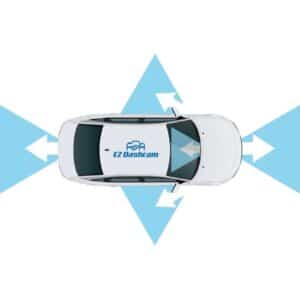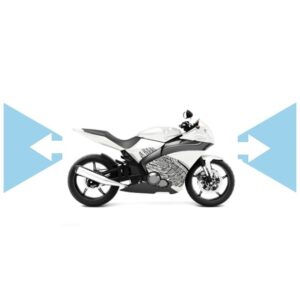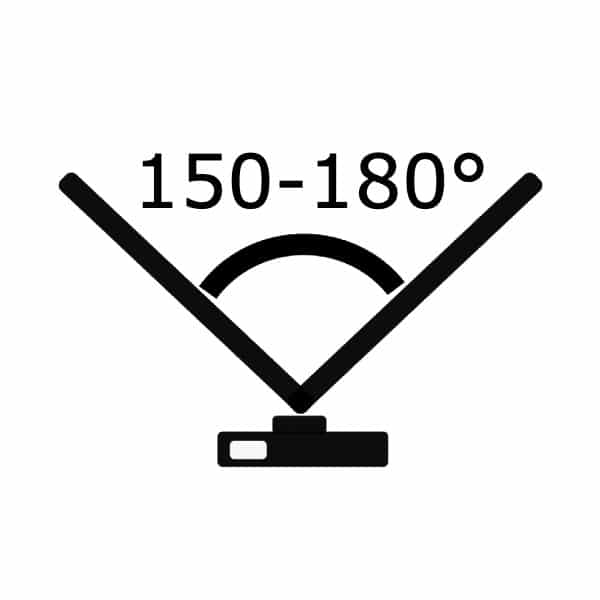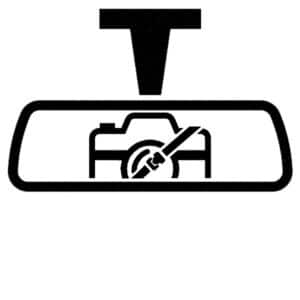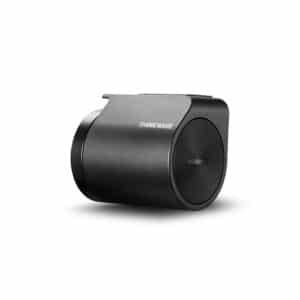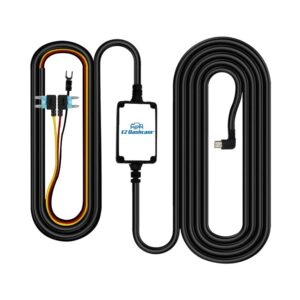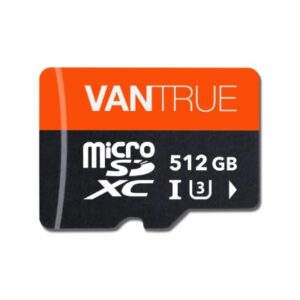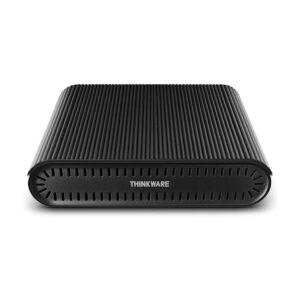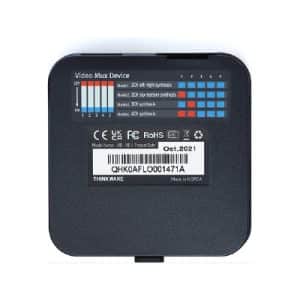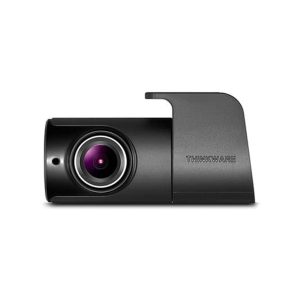Dash Cam World
How Dashcams Elevate Fleet Telematics: Drive Smarter in 2025
 As 2025 unfolds, one trend is becoming clear across the transportation and logistics industries: fleet telematics is no longer optional, it’s operationally essential. But within this growing category of connected fleet technology, dashcams have emerged as the central tool shaping how businesses improve safety, visibility, and performance.
As 2025 unfolds, one trend is becoming clear across the transportation and logistics industries: fleet telematics is no longer optional, it’s operationally essential. But within this growing category of connected fleet technology, dashcams have emerged as the central tool shaping how businesses improve safety, visibility, and performance.
Today’s fleet telematics systems are smarter and more data-driven than ever. But it’s not just about GPS or speed tracking anymore. The most valuable insights come from video-based telematics, which start with a well-installed, connected dashcam system.
In this post, we’ll explore how dashcams are redefining fleet telematics, giving operators real-time visibility, better driver accountability, and the tools to build safer, smarter operations.
Dashcams: The Visual Engine Behind Fleet Telematics
Fleet telematics used to focus mainly on data points, location tracking, fuel consumption, mileage, engine diagnostics. But as road risk and operational complexity have increased, fleets need more than data they need context.
That context comes from video. Dashcams integrated with telematics platforms bring a visual, real-time layer to fleet data. Instead of simply knowing that a vehicle braked hard or went off-route, fleet managers can see exactly what happened, how it happened, and most importantly, why it happened. This visual clarity transforms reactive management into proactive leadership.
Today’s dashcams are highly advanced. Many offer dual-facing lenses that capture both the road and the cabin, enabling a full view of the driving environment. Some models are equipped with AI that can detect distracted driving, fatigue, or mobile phone usage providing instant alerts and even real-time coaching opportunities. Features like automatic cloud uploads, time-stamped video footage, GPS integration, and live streaming capabilities further enhance visibility and response times.
This isn’t just surveillance. This is intelligent video telematics and it’s revolutionizing how fleets operate.
The Key Benefits of Dashcam-Powered Fleet Telematics
1. Better Driver Behavior in Real Time
One of the most powerful applications of fleet telematics is driver performance management. Dashcam systems can automatically flag unsafe behaviors like harsh braking, lane weaving, or using a phone while driving with the video to back it up.
Unlike traditional telematics, which might flag a speed spike without any context, video telematics shows why it happened. Did another driver cut in? Was it weather-related? Was the driver distracted? This gives managers accurate, fair insight and gives drivers the chance to correct their behavior with real-time coaching.
2. Faster Incident Investigation and Claim Resolution
When accidents or incidents occur, traditional telematics can provide data points like time, location, and speed. But it’s the video footage from dashcams that delivers the full story. Having visual proof of what actually happened can mean the difference between being blamed and being protected.
Dashcams that automatically upload footage to the cloud immediately after a triggered event, such as a collision or harsh braking, offer fleet operators a critical advantage. This footage can be reviewed quickly to determine fault, defend against false claims, or support your drivers in legal or insurance matters. The result is a much faster and more reliable claims process, fewer disputes, and less vehicle downtime due to lengthy investigations.
In industries where vehicles are constantly on the move, this speed and clarity can have a real impact on productivity and operating costs.
3. Building a Culture of Safety and Accountability
Smarter fleet telematics isn’t just about collecting data, it’s about using that data to improve how people drive. When drivers know their performance is being tracked visually and fairly, they’re more likely to adopt safer habits.
Many fleet operators now use dashcam footage in coaching sessions, not just to correct bad habits, but to recognize safe driving, celebrate improvements, and build morale.
Over time, this creates a true culture of safety, where drivers understand the value of accountability and the business benefits from reduced risk and stronger team cohesion.
4. Smarter Oversight Without Micromanagement
One of the more subtle yet powerful benefits of dashcam-integrated telematics is the ability to manage operations without constant micromanagement. Video adds context to data, enabling fleet managers to make informed decisions without second-guessing or over-communicating with drivers.
Instead of chasing down drivers for updates, managers can simply review flagged events, check live feeds if needed, and verify job completion remotely. This helps streamline operations, reduce unnecessary check-ins, and allow for better support in real time when issues do arise. With clear visuals and instant access to key moments, oversight becomes more efficient, less invasive, and more effective.
Why 2025 Is the Year Fleets Must Upgrade
The fleet industry is undergoing rapid transformation, and the gap between fleets that embrace video telematics and those that don’t is widening fast. The reasons to invest in upgraded dashcam systems in 2025 are stacking up quickly.
Insurance providers are increasingly offering discounts or incentives to fleets that implement full video telematics, recognizing the added protection and reduced risk. At the same time, AI-powered dashcams have become more affordable, easier to install, and more scalable across fleets of all sizes.
With the industry also facing ongoing driver shortages, tools that support retention and improve performance have become critical. Telematics systems that offer both data and video provide drivers with a fair, transparent way to be evaluated, something that supports job satisfaction and reduces turnover. On top of that, compliance requirements are becoming more stringent, and the ability to prove adherence through video evidence is becoming a necessity rather than a bonus.
Simply put, fleets that don’t evolve will fall behind. Those that do will benefit from fewer incidents, faster operations, and more confident teams.
Final Thoughts: Fleet Telematics Starts with Dashcams
If you want smarter, safer, more responsive fleet operations in 2025, start with visibility and that starts with the dashcam.
By powering your fleet telematics with video, you’re not just recording the road. You’re improving how your drivers perform, how you respond to incidents, and how your business operates every day.
And as regulations tighten, competition grows, and customer expectations rise, that kind of visibility will be your biggest advantage.
Ready to Upgrade? Let’s Talk.
We offer top grade dashcams, professional installation, and full support to help your fleet maximize the value of video telematics. Whether you’re upgrading an existing system or starting from scratch, we’ll guide you through the process with custom recommendations tailored to your operations.
Contact us today to bring the power of dashcams into your fleet telematics strategy and move toward smarter, safer operations in 2025.








